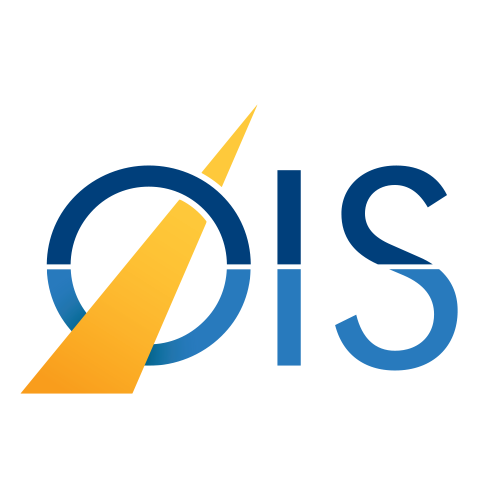Oh Eye, Yes: Experiencing the OIS Retina conference with a visual impairment
I have been a reporter for a few years now, covering tech and startups for outlets like TechCrunch and WIRED UK. When I moved to San Francisco two years ago, I got a job as a full-time news reporter at VentureBeat, tracking the flow of money in Silicon Valley. But something got in the way of my ascending career. I suffer from a retinal degeneration known as retinitis pigmentosa (RP), which means that I have blind spots in my vision and am very impaired at night. Rather than try and match the visual acuity of my colleagues, I decided to resign from my job to better understand this disease.
I began a blog called “Never Lose Sight” and am currently working on a startup that will hopefully solve some of the daily pain points the visually impaired face. When Craig Simak, the Founder and CEO of Healthegy, reached out to me to see if I would be interested in writing for him, I was intrigued. When he told me that the next conference he was hosting was on the retina, I was sold.
And so I flew out to Vancouver to attend and cover the OIS Retina conference, which gathered 300+ doctors, scientists, CEOs, and leaders in the ophthalmic space. I got to interview representatives from top, publicly-traded biotech companies like Spark Therapeutics, GenSight Biologics, and Genentech.
Because there are currently no cures for my condition, I was eager to find out where the research was and where it is heading. As a reporter and entrepreneur, it was a delight to learn about new research in gene therapy, stem cells, and artificial retinas. As a patient, however, I was somewhat discouraged to learn that there still hasn’t been any major breakthroughs. Between prolonged clinical trials, FDA regulations, and the intricate complexity of the retina, the mission seems almost impossible.
Yes, Spark Therapeutics has paved the way with Luxturna, the first FDA-approved gene therapy for a genetic disease, which is linked to the retina. However, the drug is indicated for the treatment of patients with confirmed biallelic RPE65 mutation-associated retinal dystrophy, which affects only a small percent of patients suffering from retinal degeneration, and is not the mutation I have (C2orf71). Perhaps someone is working on a gene therapy that could target all mutations?
Overall, there are two things that piqued my interest during the conference. The first was something that Dr. Thomas Reh, Professor at the Department of Biological Structure at the University of Washington, said: retinal regeneration occurs spontaneously in some animals. Indeed, the zebrafish can functionally regenerate their retina following injury. The Müller glia, sometimes referred to as the glial cells of the eye, are the source of regenerated neurons.
I thought to myself “Wow, how cool is that! What if humans could regenerate their retinas?” Dr. Reh and his team are currently investigating ways to encourage neuron regeneration in the adult mouse eye.
The second thing that gave me hope was optogenetics: a technique that involves the use of light to control cells, typically neurons, that have been genetically modified to become light-sensitive. In a normal human eye, the photoreceptors (rods and cones) convert light into electrical signals that are sent through the optic nerve to the brain to determine the image we see.
With RP, photoreceptors gradually degenerate, making it harder and harder for the individual to see. A lot of treatments target photoreceptors to try and “fix” them or re-activate them. With optogenetics, however, the technique bypasses photoreceptors, targeting other, healthy cells instead. The idea is to modify them so that they can emulate the function of photoreceptors.
One biotech company that is working on this technique is GenSight Biologics. The team targets a dual approach: gene therapy accompanied by biomimetic goggles.
As explained on their website, the bio-engineered AAV2 gene therapy vector introduces the gene of a photosensitive protein into the nucleus of the target cells -- in this case, the retinal ganglion cells. This gene confers a photoreceptive function to the targeted cells, independent of any genetic mutation that caused the retinal degeneration. The goggles are there to mimic the normal retinal activity and amplify the light stimulation.
It took geneticists 12 years to find my mutation. So I wonder: Will it take another 12 years to find a cure?
Listen to my thoughts about the conference on the OIS podcast here.
